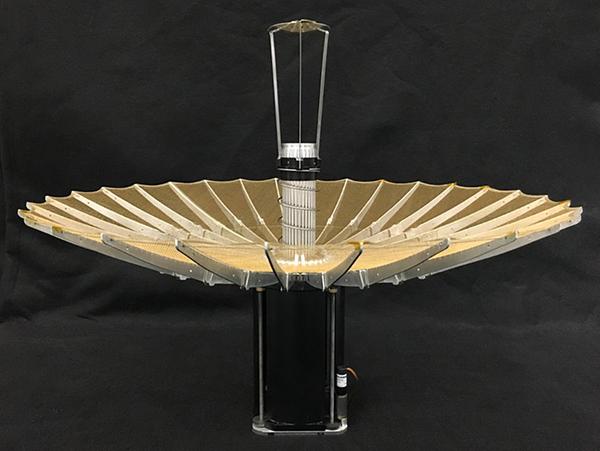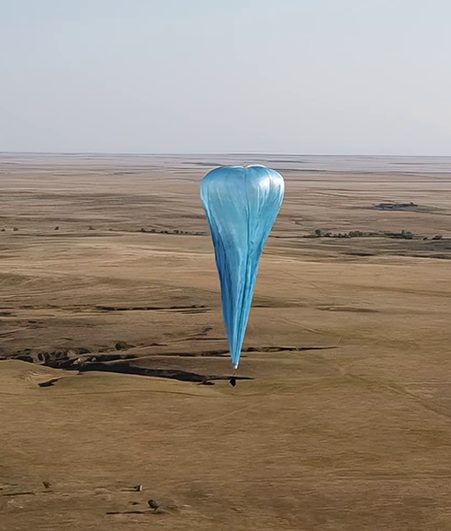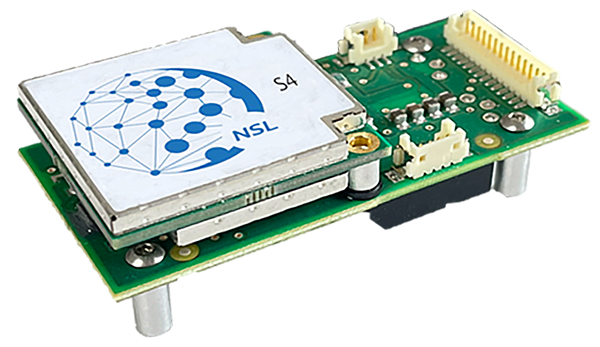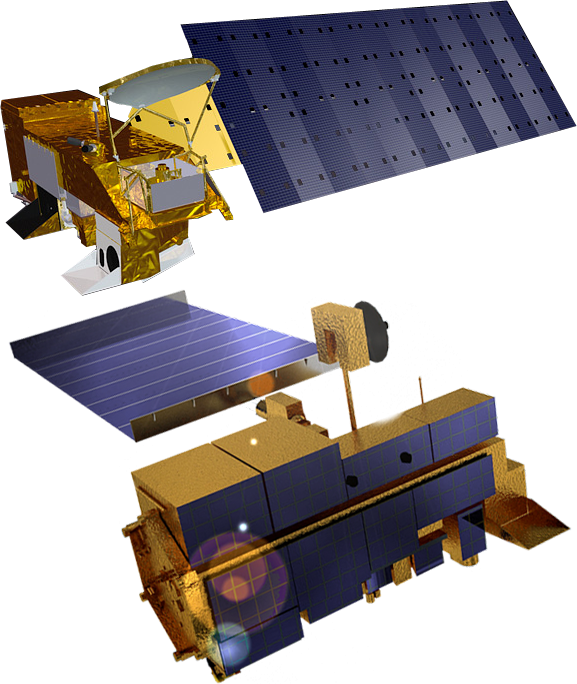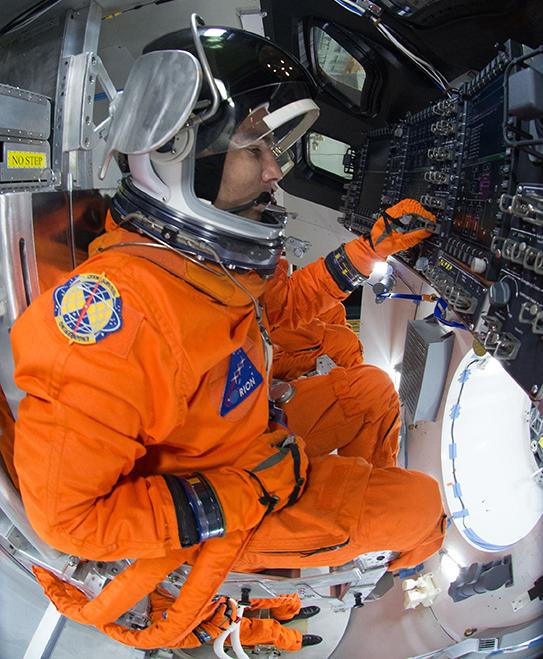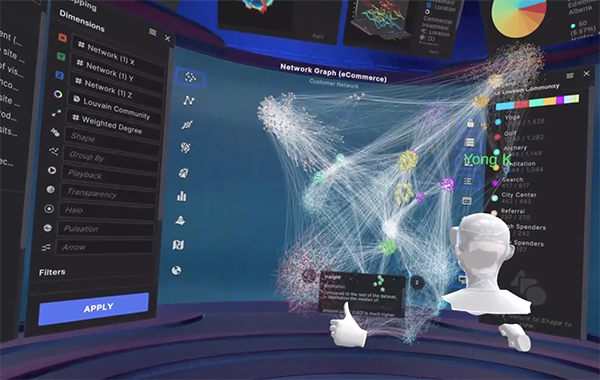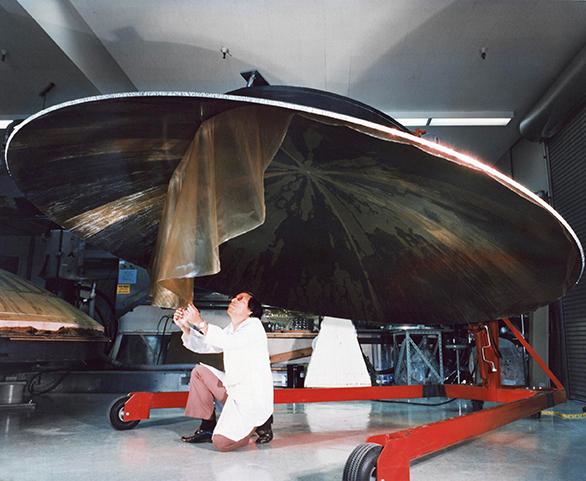Miniature Heat Pipes
The widespread and fast-paced adoption of notebook computers in the home, workplace and on-the-road owes part of its success to space shuttle and space station technology.
Thermacore Inc. of Lancaster, Pennsylvania has been associated with Goddard Space Flight Center since 1989. NASA Small Business Innovation Research (SBIR) contracts with Thermacore fostered company work on devices tagged "heat pipes" for space applications.
A heat pipe moves heat from spot-to-spot with little loss in temperature. The heat pipe employs a two-phase process in which a liquid is evaporated inside the pipe by heat input at one end. The resulting vapor is condensed back into the liquid by heat removal at the pipe's other end. The condensate is then returned to the evaporator by capillary action in a wick.
To control the extreme temperature ranges in space, heat pipes are vitally important to spacecraft. Of additional benefit is that heat pipes do not suffer from the wear and tear of moving parts. They are, therefore, exceptionally reliable.
As Thermacore's Chairman, G. Yale Eastman, points out: "All heat pipes are not created equal." Using its own funds, the firm employed knowledge gained from SBIR research to solve a challenge in the commercial marketplace of notebook computers.
The problem was to maintain an 8-watt central processing unit (CPU)--the real brains of a computerat less than 90 degrees Celsius in a notebook computer using no power, with very little space available and without using forced convection. Using a fan to cool this electronic circuitry required far too much battery power. That would reduce the useful operating time of the notebook.
Thermacore's answer was in the design of a powder metal wick that transfers CPU heat from a tightly confined spot to an area near available air flow. The Thermacore heat pipe technology permits a notebook computer to be operated in any position, even upside down, without loss of performance.
Miniature heat pipe technology has successfully been applied, such as in Pentium® Processor notebook computers. In desktop computers, higher-powered CPU chips or multi-chip modules means higher-powered power supplies, more memory and other power-hungry components. Each of these components dissipates heat. Thermacore expects its heat pipes to accommodate these computers as well.
Given the high volume of computer manufacturing, the cost of heat pipes has been reduced significantly, quite often providing an economical solution to many cooling applications. Thermacore has used company funds to develop the fabrication processes needed and to build the factory required for mass production of miniature heat pipe technology. Production rates have already exceeded 5,000 units per day.
Cellular telephones, camcorders, and other hand-held electronics are foreseeable applications for heat pipes, predicts the company.
By advancing commercial use of federally-sponsored research, Thermacore received in October 1996 the SBIR Technology of the Year Award in the Computer/Electronics category.
® Pentium is a registered trademark of Intel Corporation.
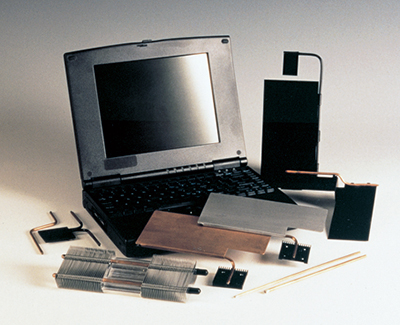
NASA heat pipe technology used in spacecraft to keep hardware and critical electronics cool has found its way into notebook computers. Tiny heat pipes are in wide use to cool the main central processor chip.




